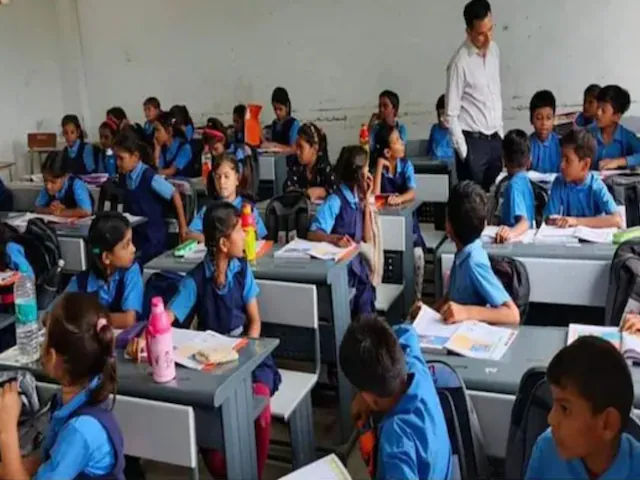A recent study conducted by the Union Ministry of Education (MoE) has highlighted significant disparities in student performance across India’s school boards for class 10 and 12 exams. The analysis, which examined the results of 59 school boards, reveals that a substantial proportion of students failing these exams are from six key boards: Madhya Pradesh (MP), Gujarat, Bihar, Uttar Pradesh (UP), Andhra Pradesh, and the Central Board of Secondary Education (CBSE).
Key Findings:
- Failure Rates:
- The failure rate for class 10 students is 6% in the CBSE board and 16% in state boards.
- For class 12, the failure rate is 12% in the CBSE board and 18% in state boards.
- Geographical Concentration of Failures:
- 56% of class 10 students who failed are from MP, Gujarat, Bihar, UP, and Andhra Pradesh.
- For class 12, the failure rates are concentrated in UP, MP, CBSE, Bihar, and Gujarat.
- Impact on Retention Rates:
- Approximately 33.5 lakh students did not advance from class 10 to class 11.
- Around 32.4 lakh students did not complete class 12.
- This high dropout rate contributes to low retention and Gross Enrolment Ratio (GER) at the higher secondary level.
- Board Performance Variability:
- The duration of exams varies significantly between boards, from 8 days to 34 days for class 10, and 10 days to 63 days for class 12.
- The merger of Karnataka’s SSLC and PU Boards in 2023 has reduced the total number of school boards from 60 to 59.
- Gender Disparity in Stream Choices:
- Fewer girls are opting for the Science stream compared to boys. In 2023, 25.04% of girls chose Science versus 29.8% of boys.
- States like Andhra Pradesh, Manipur, Tamil Nadu, Telangana, and UP have the highest percentages of Science students.
- Variations Within States:
- There is considerable variation in student performance between class 10 and 12 results within the same state, highlighting a need for curriculum and assessment standardization.
- Gender Parity in School Types:
- Government-run schools show more gender parity in student enrollment and performance compared to privately-run schools, where boys significantly outnumber girls.
- Despite lower numbers, female students in private schools generally perform better than their male counterparts.
Implications and Recommendations:
- Standardization Efforts: The study underscores the challenges of managing 59 different school boards and suggests that standardizing curricula and assessment methods could improve educational outcomes.
- Strategic Interventions: The MoE has recommended that states with high failure rates develop targeted strategies to address educational deficiencies and improve student retention.
- Encouraging Science Enrollment: There is a need to encourage more girls to pursue Science, with a focus on improving access and support for female students in this field.
The findings reflect the urgent need for reforms in India’s education system to address disparities and improve overall student performance. The MoE’s efforts to standardize school boards and enhance educational quality are critical steps toward achieving these goals.











